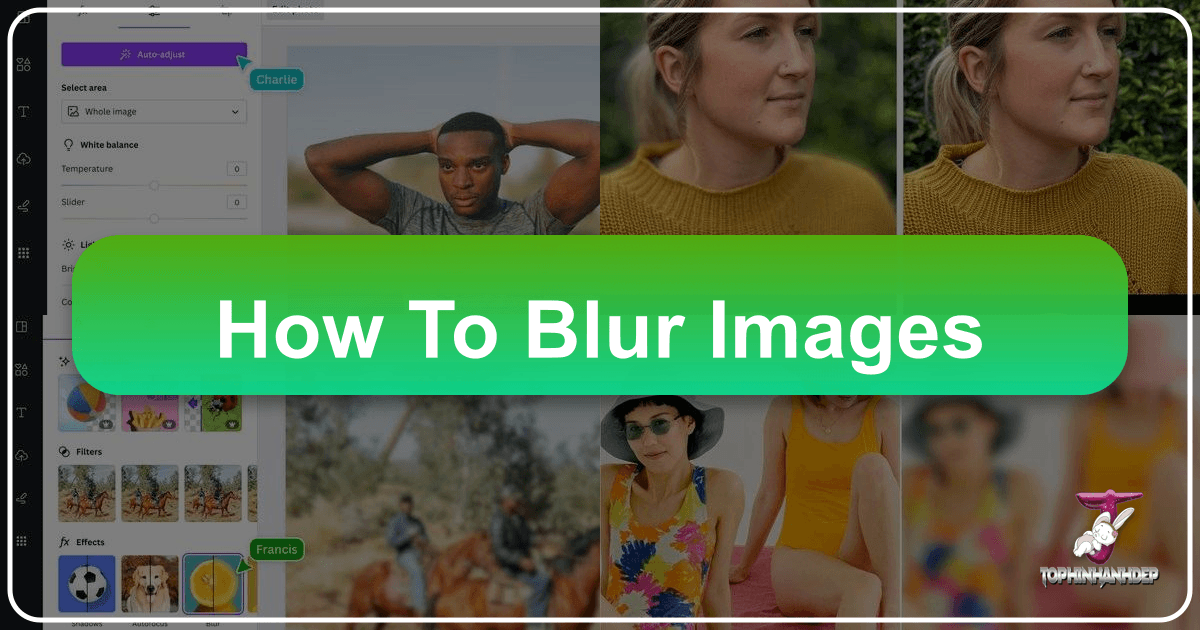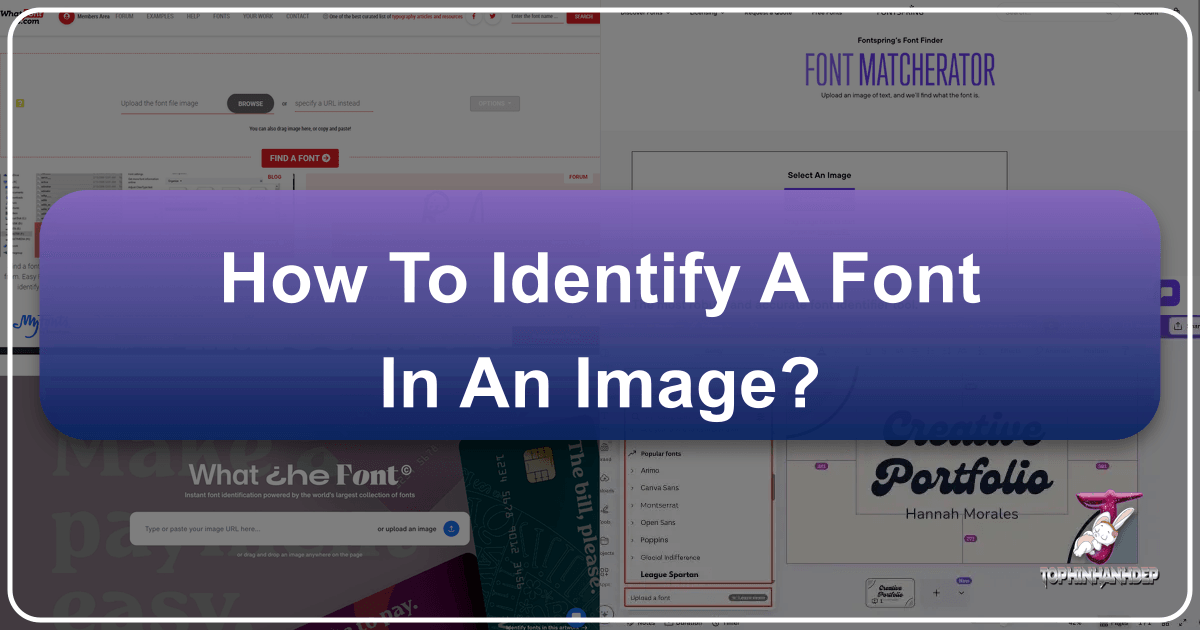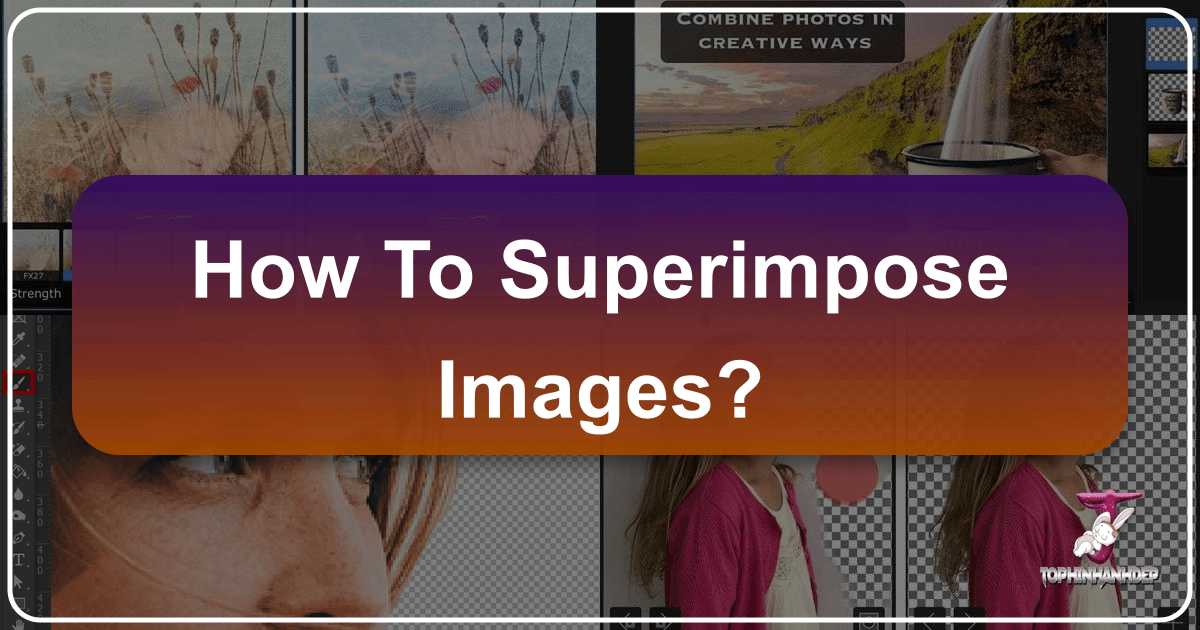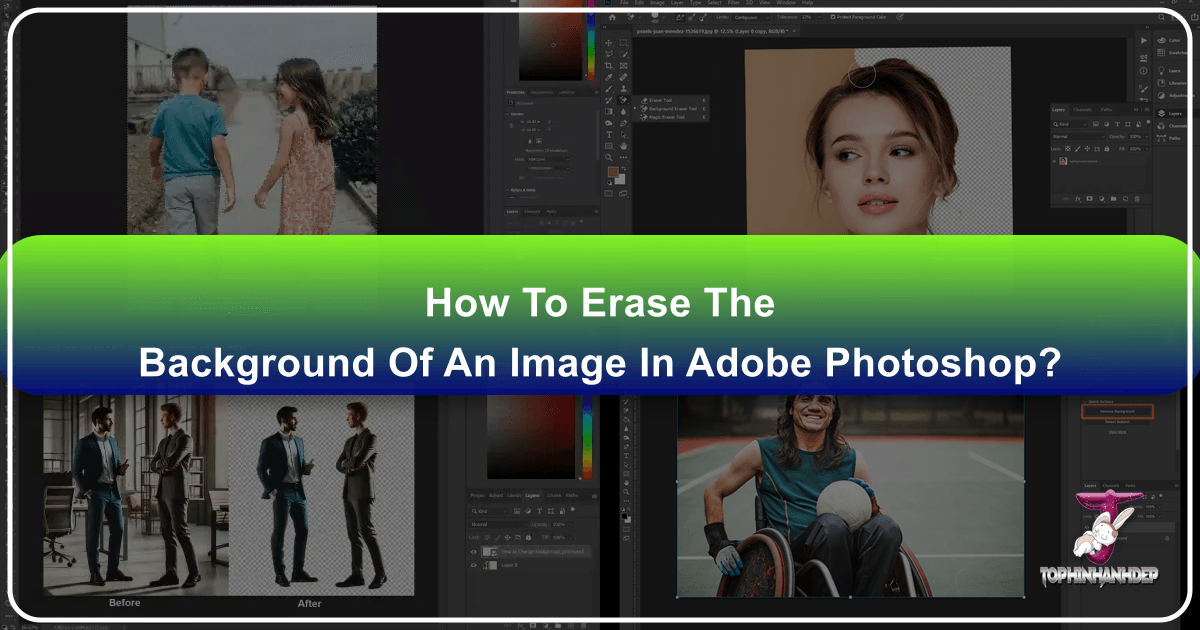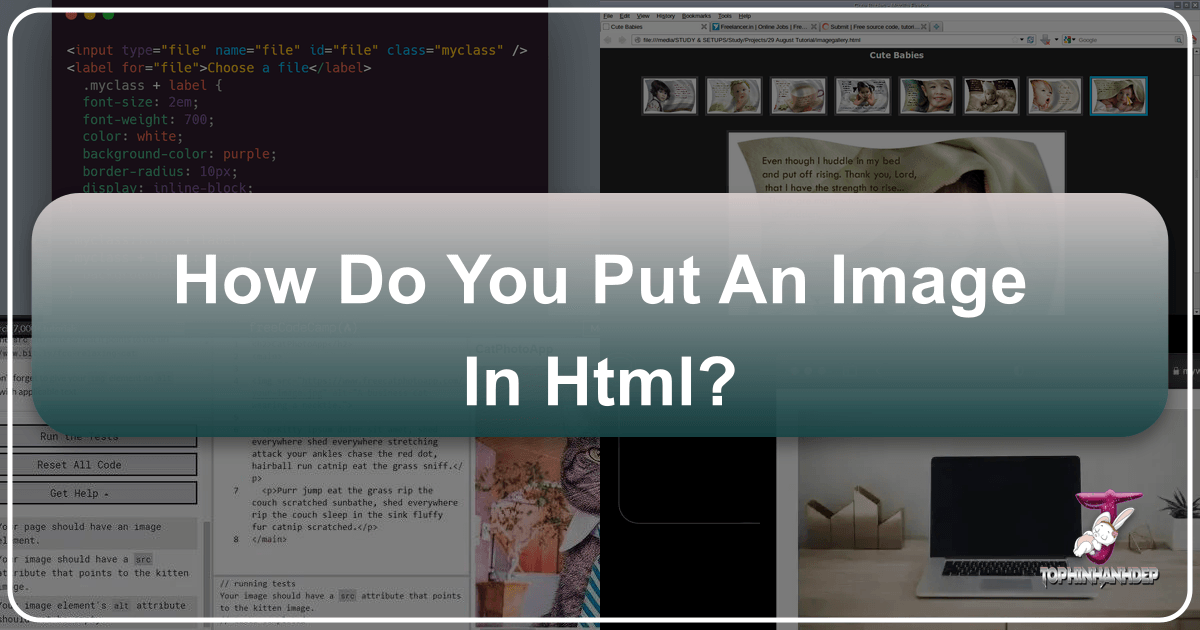How to Blur Images for Stunning Visual Effects
In the expansive realm of digital imagery, where every pixel contributes to a story or an aesthetic, the ability to manipulate focus and depth stands as a paramount skill. Blurring an image, whether partially or entirely, is far more than a simple aesthetic trick; it’s a powerful tool for visual designers, photographers, and casual users alike. On Tophinhanhdep.com, we understand the profound impact that a well-executed blur can have—from accentuating a subject in a beautiful photograph to creating an abstract backdrop for a digital art piece, or even conveying a specific mood in an emotional image.
